A Geothermal Heat Pump Takes Care of Heating and Cooling
Required by the developer because they're quiet, ground-source heat pumps are also efficient.
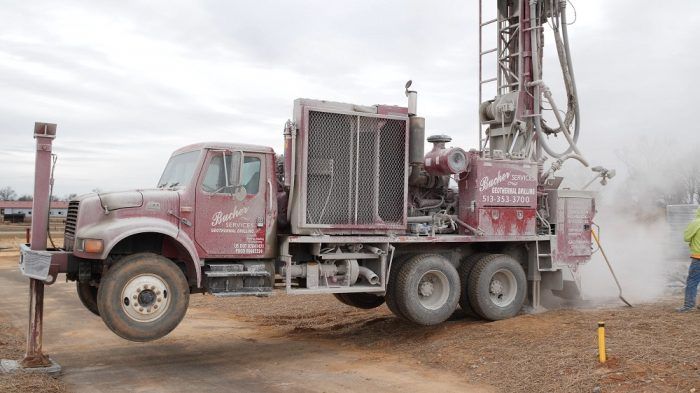
The insulation covered in the last blog post brought the attic inside the home’s thermal envelope. In our region it’s common to run HVAC ductwork in uninsulated attics where temperatures can get above 120°F in summer and drop below freezing in winter, which means the attic is overheating the ducts when the air conditioning is running and vice versa in the wintertime. By running our ductwork through an insulated attic that is much closer to our desired room temperature, our HVAC system doesn’t experience these common energy losses and the entire home ends up being more comfortable.
We are required to use a ground-source (AKA geothermal) heat pump in every home we build in Norton Commons. Because all of the houses use the same technology, the well-drilling is part of the infrastructure provided by the developer. When they prepare for a new street, they hire a drilling crew to come in and drill wells for all of the houses. As a builder, we pay a $7000 fee to cover the drilling and installation of the ground loop when we buy the lot.
For the FHB House there are two wells, each 350 ft. deep. The pipes are left long and the foundation contractor runs them through the walls when they pour the foundation. The ground-source heat pump is a pricey system compared to gas-fired furnace systems that would typically be specified in our area—as much as $15,000 more! However, we’re required to use this type of system because it’s quiet; something that makes a big difference with the houses so close together. There are few other advantages: The ground-source heat pump provides forced-air heating and cooling and takes care of domestic hot water. Plus, it’s very efficient. Our system has a coefficient of performance (COP) of around 4.
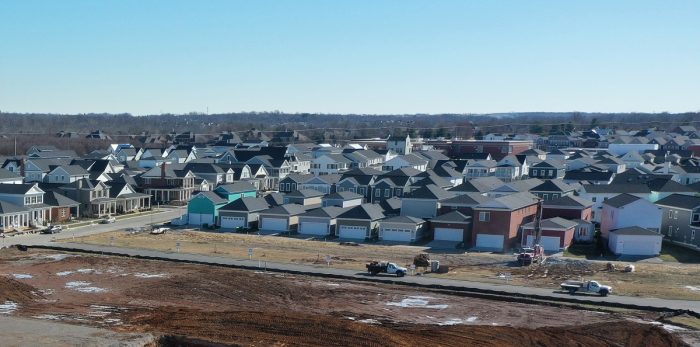
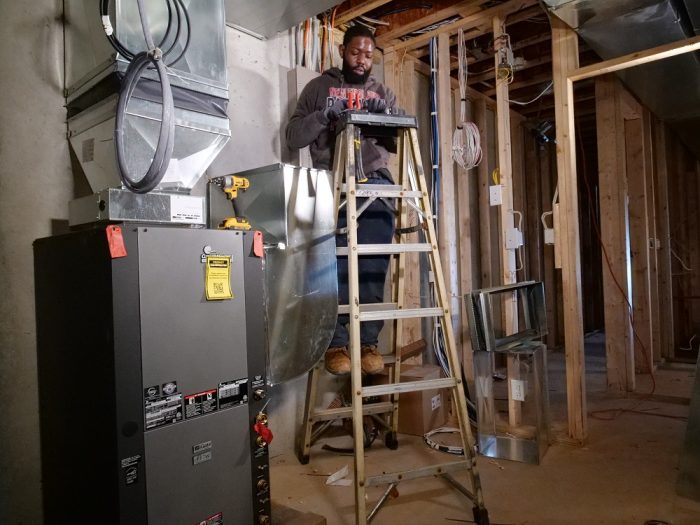
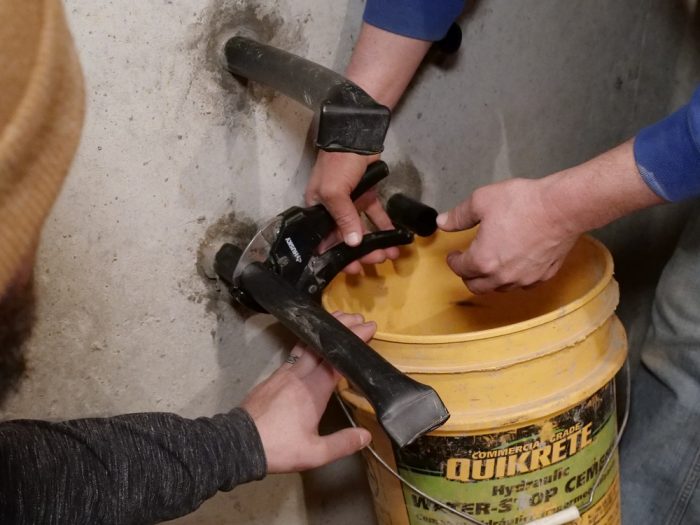
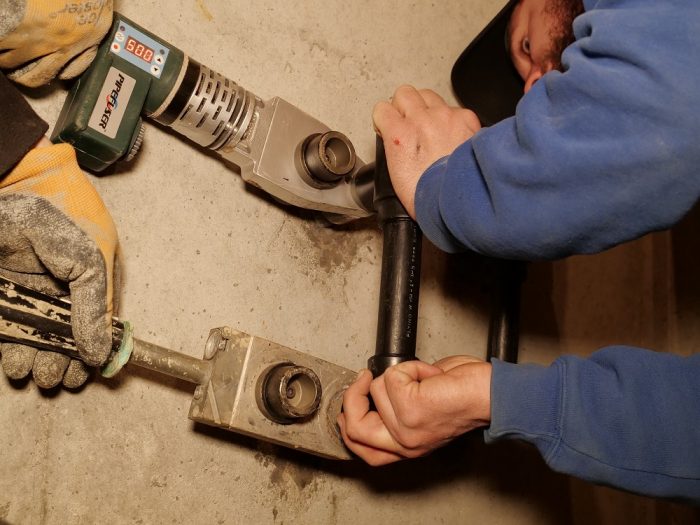
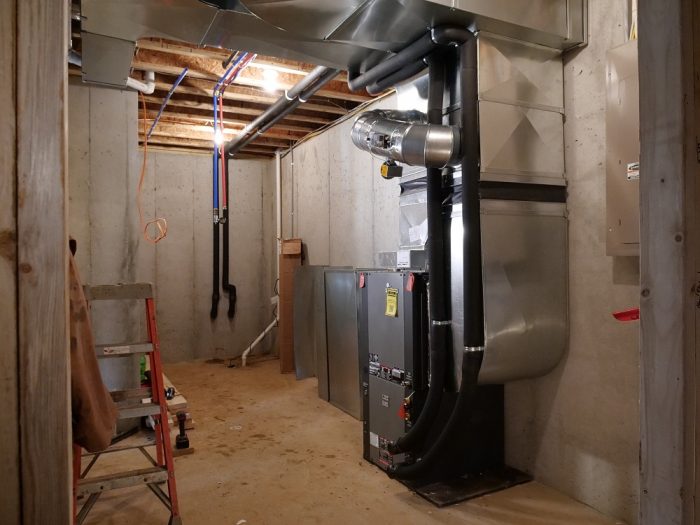
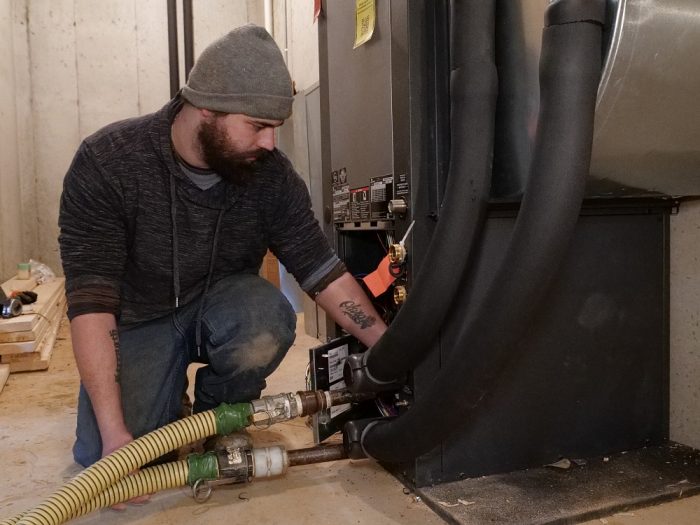



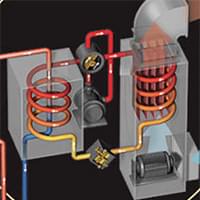



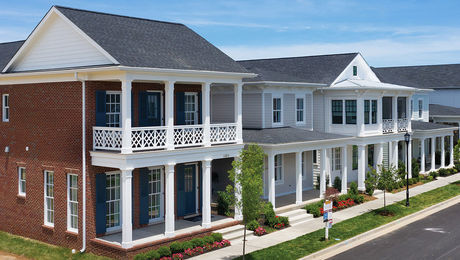
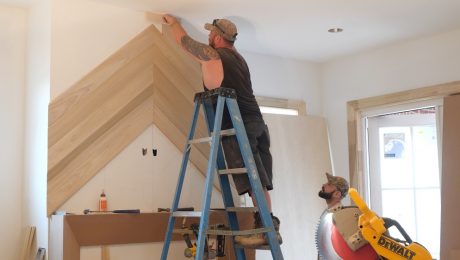




















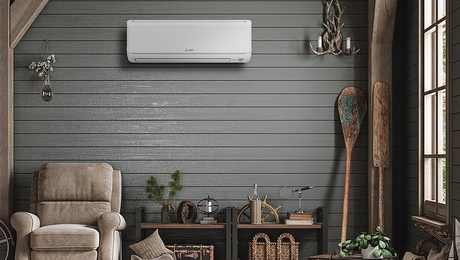











View Comments
It's great!